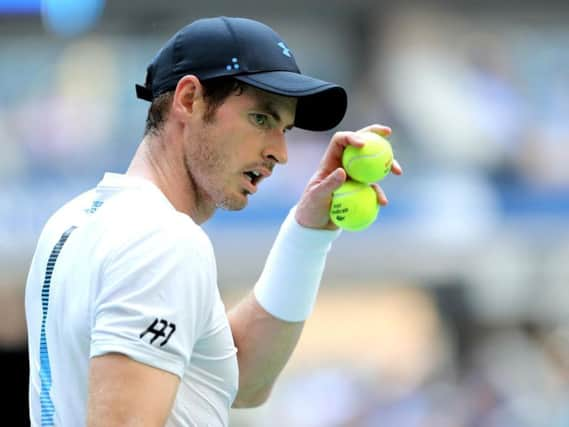Fewer youngsters playing sport as obesity crisis takes hold


But despite talk of the legacy from major sporting triumphs inspiring future generations and the fact the country is in the midst of an obesity crisis, things are not getting better - in fact, they are getting worse.
Recent research shows fewer children taking part in sport as the number of youngsters classed as overweight or obese increases.
Advertisement
Hide AdAdvertisement
Hide AdToday, the Evening News launches its Sporting Chance campaign, calling for a revolution in the way sport is treated in Edinburgh to help make it easy for anyone from anywhere in the city to take part.
Research published earlier this summer by the Observatory for Sport in Scotland (OSS) showed the proportion of 11-12 year-olds taking part in sport at least once a week outside of school lessons had decreased between 2014 and 2017 from 77 per cent to 70 per cent and among 13-15 year-olds it had fallen from 64 per cent to 59 per cent.
Participation rates among 16-25 year-olds are also down and people living in poorer areas are much less likely to take part in sport than those in the most affluent neighbourhoods.
The report said Scotland was in the grip of an obesity epidemic, second only to the USA in the developed world and getting worse with 66 per cent of Scottish adults now classed as overweight and 33 per cent obese.
Advertisement
Hide AdAdvertisement
Hide AdThe OSS noted: “We are now down to as low as 11 per cent of teenage girls receiving the recommended amount of physical activity in a week.”
And the report added: “On current trends in overweight and obesity in the population sports participation rates in Scotland will be pushed down to 50 per cent by 2028.”
OSS executive director David Ferguson said cuts in council spending on sport added to the problem.
“Sport and leisure is not a statutory service so it’s not protected and when local authority budgets come under pressure, as they have for the past 10-12 years, one of the places they can turn for savings is sport, leisure and culture.”
Advertisement
Hide AdAdvertisement
Hide AdHe said a recent report had highlighted how investment in sport and leisure had reduced year on year for the past ten years.
“The money going into services is a fraction of what it used to be, so councils are really struggling and under huge pressure to try to maintain facilities at the same time as we have fewer people participating.
“At a time when we need more access, easier access, more affordable access we are actually finding it going in the other direction.”
Mr Ferguson said there were a few encouraging signs - if walking is included, participation rates show a slight increase instead of a fall; and fitness and gym activity has seen a rise, as has mass participation events like 10k runs.
Advertisement
Hide AdAdvertisement
Hide Ad“But it’s not enough,” said Mr Ferguson. “In some ways it’s disguising the fact there is a drop traditional sport activity.
“And we are seeing a divided nation - people who can afford it and have the time accessing more sport and an increasing number who can’t afford it.”
The OSS report said investment in sporting events did not have any significant impact on community participation.
Mr Ferguson said: “There is an example from Denmark recently where the Danes won the handball gold medal in the Olympic Games so more money was put into handball, but handball participation in Denmark has dropped.
Advertisement
Hide AdAdvertisement
Hide Ad“In athletics, netball particularly, they have seen rises in participation in Scotland since the Commonwealth Games, but research suggests that’s not a direct result of the Games but the work of those sports to increase their profile.
“We have to have more investment of time, funding and resources in community facilities if we are going to get more people active and improve the health of the nation.”